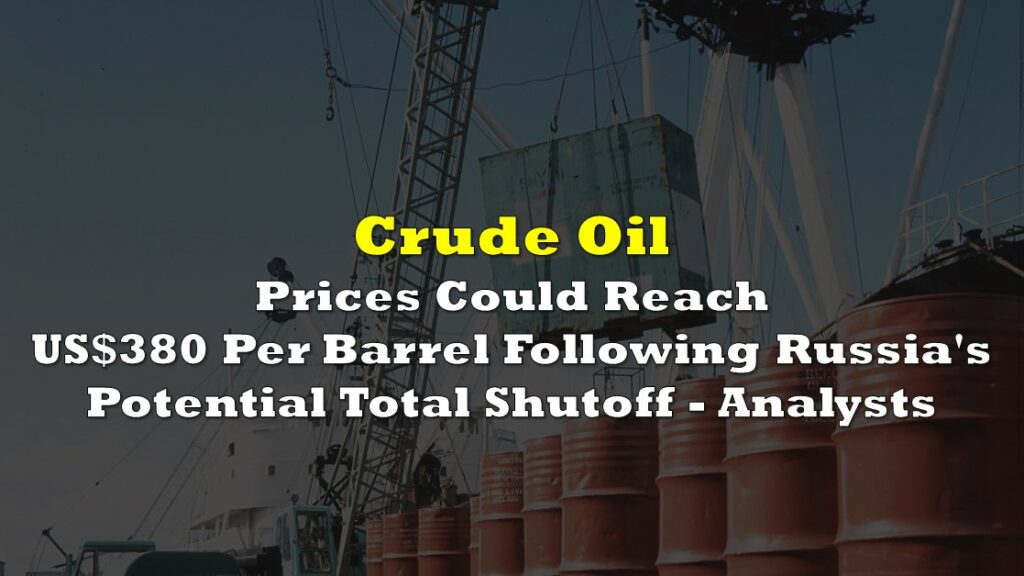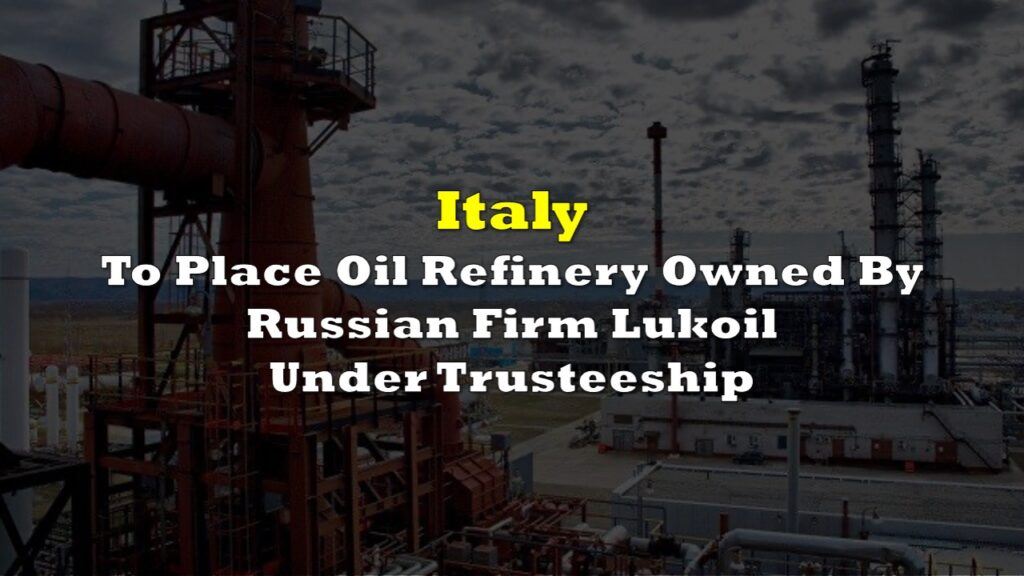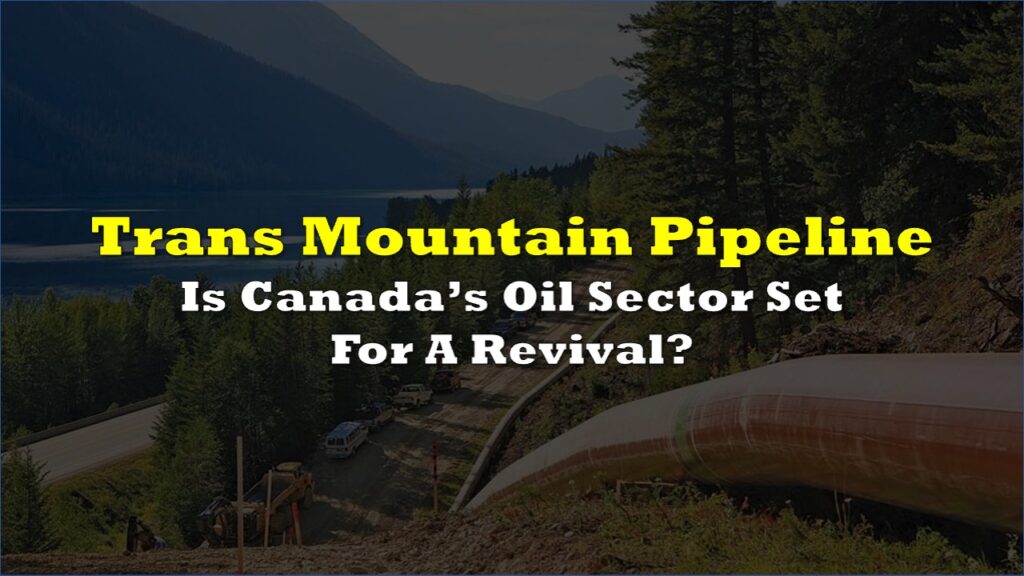Oil prices experienced a decline on Monday following a recent surge to 10-month highs, fueled by Saudi Arabia and Russia’s production cuts. Last week, these two major oil-producing nations jointly announced their intention to extend voluntary supply reductions, totaling 1.3 million barrels per day, until the end of the year.
Brent crude, a global benchmark, saw a decrease of 40 cents, equivalent to 0.44%, settling at $90.25 per barrel by 0848 GMT on Monday. Simultaneously, U.S. West Texas Intermediate crude witnessed a drop of 65 cents, or 0.74%, reaching $86.86.

These production cuts drew the spotlight away from concerns about China’s economic activity, which had dominated discussions in the previous week. On Monday, investors shifted their focus towards demand drivers, eagerly awaiting the release of monthly reports from the International Energy Agency (IEA) and the Organization of the Petroleum Exporting Countries (OPEC).
Mukesh Sahdev, who heads downstream and oil trading at Rystad Energy, explained that the full impact of the Saudi-led cuts would become apparent by year-end, as refineries completed their maintenance and increased production. Sahdev noted that refinery maintenance would temporarily reduce crude demand by 2 million to 2.5 million barrels per day in September and October. However, he anticipated a rebound in November and December, partially offsetting the price effects of the cuts, estimating peak refinery outages at 10 million barrels per day in October.
In addition to oil market dynamics, economic factors were in focus. The European Central Bank (ECB) was set to announce its monthly interest rate decision that week. Meanwhile, the release of the August consumer price index (CPI) data in the United States on Wednesday was expected to have a broad impact on various financial markets.
Libyan storm
Matters are expected to escalate after Libya started to shut down its oil terminals in preparation for an oncoming storm. Amidst a Mediterranean storm that swept through Greece last week and is now approaching northern Africa, Libya’s National Oil Corporation (NOC) has declared a state of emergency for its four oil ports. These ports, namely Ras Lanuf, Zueitina, Brega, and Es Sider, will remain closed until at least tomorrow, as confirmed by an NOC official quoted by bne IntelliNews.
This storm update coincides with Libya’s oil production reaching a daily output of 1.207 million barrels, according to the National Oil Corporation. NOC shared this update on Facebook, also noting that in August, the total oil production amounted to 36.5 million barrels.
Since the end of August 2022, Libya has consistently maintained oil production levels close to or even exceeding 1.2 million barrels per day (bpd), marking a return to the levels last witnessed before the port blockades that disrupted Libyan oil output during the spring and most of the summer of 2022.
LIBYA HAS CLOSED ITS MAJOR OIL PORTS FOR AT LEAST THREE DAYS AS NATION BRACES FOR MAJOR HURRICANE – OIL TRADERS ANXIOUSLY AWAIT FUTURES OPEN – Marhelm
— Oil Headline News (@OilHeadlineNews) September 10, 2023
Global supply threats
The tightening oil market, characterized by rising prices, was a result of Saudi Arabia and Russia’s coordinated efforts to ensure that supply did not outpace demand. This alliance between Riyadh and Moscow was significant, as it underscored their shared commitment to boosting prices.
Global oil consumption reached a historic high of 103 million barrels per day in June, according to the International Energy Agency. In response, Saudi Arabia reduced its production to a two-year low of approximately 9 million barrels per day the following month. Russia’s contribution, though smaller in volume, focused on export reductions, contributing to the overall supply tightness and price increases.

Since July 1, Brent crude had surged by approximately 20%, while the price of diesel, a crucial fuel for the global economy, rose by a third during the summer. This spike in fuel costs had implications for Russia’s war in Ukraine and Saudi Arabia’s investment priorities, but it also posed a potential threat to the fragile global economy by igniting inflation, potentially affecting central banks’ plans for interest rate adjustments.
US President Joe Biden, facing reelection next year, has the option of using the Strategic Petroleum Reserve (SPR) to control oil prices. Last year, the reserve saw a significant drawdown of about 180 million barrels to address rising prices. However, the process of refilling began when crude prices dropped earlier this year. In theory, the Department of Energy could conduct a competitive sale, award contracts, and start deliveries within 13 days if the president orders tapping into the SPR. In reality, it may take longer due to aging infrastructure, and the current refill plan is expected to span several years.
“I think… as long as Biden continues to not produce our own oil here [US]… oil prices are going higher. And I wouldn’t be surprised if they make the hundred dollar level before the year is over,” said Todd “Bubba” Horowitz, CEO of BubbaTrading.com, in The Deep Dive interview.
Previously, there was some hope that seasonal changes might alleviate the oil market’s tightness. Forecasts from the International Energy Agency indicated a supply deficit of just over 1 million barrels per day in the fourth quarter, which was half the estimated shortfall from July to September. However, Tuesday’s announcement by Saudi Arabia and Russia significantly altered this outlook, maintaining a severe deficit in the final quarter, driving oil prices even higher.
While Saudi Arabia left open the possibility of reviewing its cuts on a monthly basis and increasing production if necessary, observers believed that this stance would likely persist throughout the year. Riyadh remained content with its market management and prices, given ongoing uncertainties surrounding Chinese demand.
There were potential sources of additional supply from OPEC, such as Iraq and Iran. However, these sources faced various challenges and uncertainties, making it unclear how much they could contribute to relieving market tightness.
On the consumer side, the possibility of avoiding an oil price spike hinged on China’s economic performance. The country’s sluggish economy had previously put downward pressure on oil prices, but recent indicators did not signal an imminent slowdown in oil demand.
Information for this briefing was found via Bloomberg, Yahoo News, and the sources mentioned. The author has no securities or affiliations related to this organization. Not a recommendation to buy or sell. Always do additional research and consult a professional before purchasing a security. The author holds no licenses.









